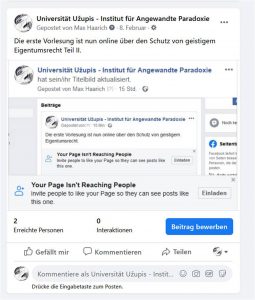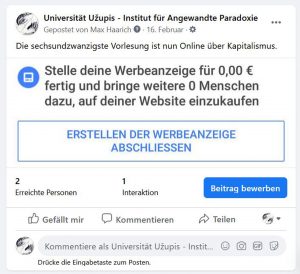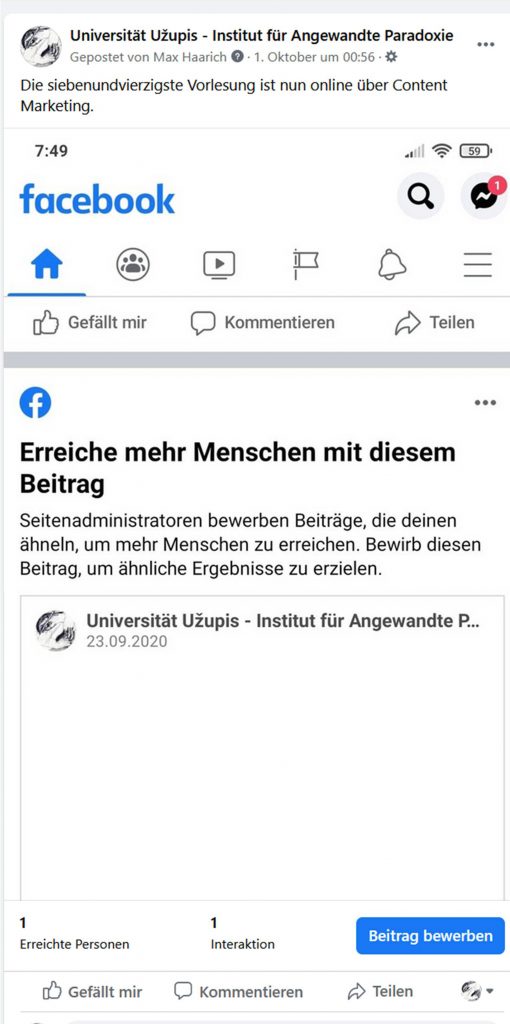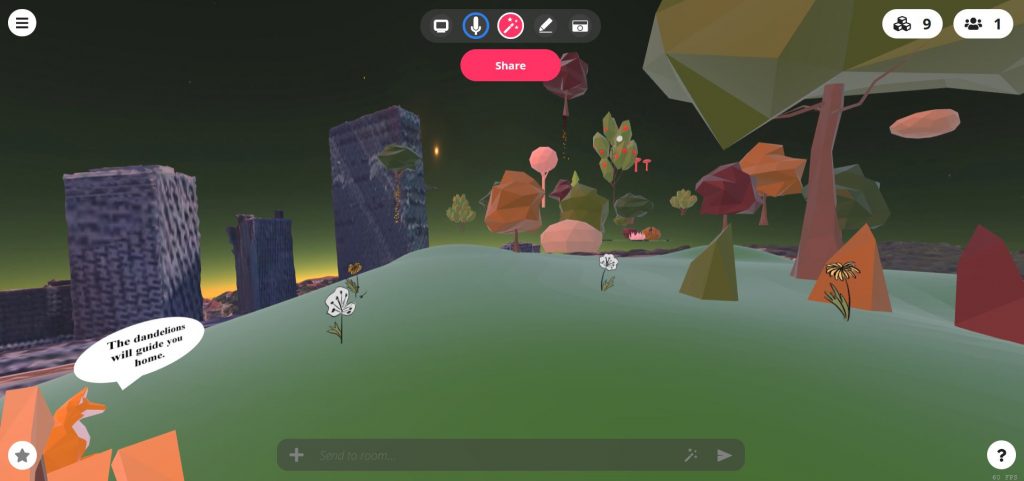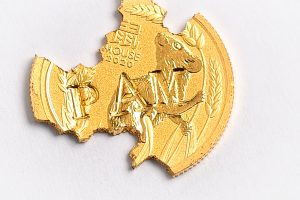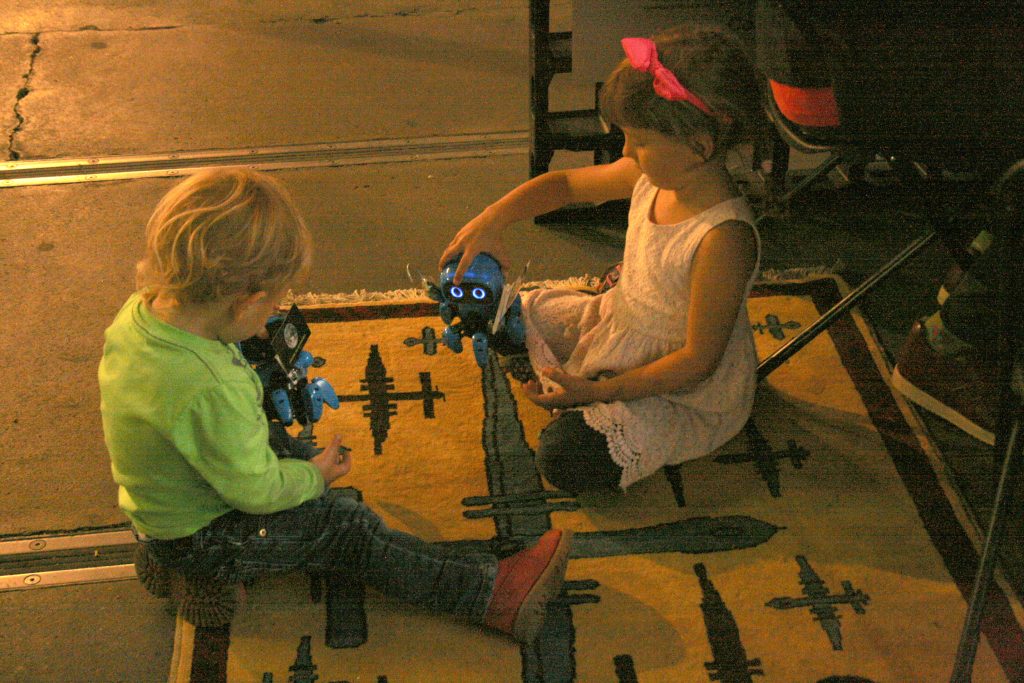GLOBART Conference @Vienna Parliament
GLOBART Conference @Vienna Parliament
Not only the current corona-crisis has shown that the conception of western (nationally defined, representative) democracy is pushed to its limits when it comes to facing global challenges. The democratic space is no longer considered as having competence – only experts and lobbyists are.
How can we stop the erosion of western democracy? Which counter-conceptions can be imagined supporting more instead of less democracy? On the occasion of the Austrian constitution’s 100th anniversary, artists and scholars present perspectives on the future of democracy. Visions and ideas are given a voice: is there any place better than the parliament for doing so?
On October 28th, this committed debate on civil social activity, including citizen participation and empowerment, leads GLOBART into the Austrian Parliament. After months and years of preparation and consulting, a final proposal for an updated constitution was presented in the Austrian Parliament. Munich ambassador H.E. Max Haarich was invited to discuss the proposal from the perspective of the Republic of Užupis, whose “Munich Right” on Artificial Intelligence had been included in the proposal.
Here you can watch the full discussion.

Marek Philipp Zink and H.E. Max Haarich handing over the final proposal to Austrian Parliament’s Vice-Director Dr.in Susanne Janistyn-Novák. Image: Director of Parliament/Thomas Jantzen.


 How to read the Binary Pixel Chronometer. Image: Max Haarich
How to read the Binary Pixel Chronometer. Image: Max Haarich